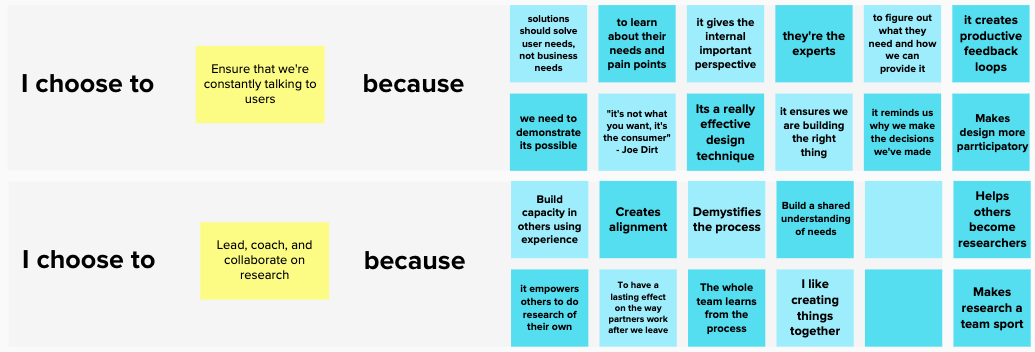At GSA’s 18F, one thing we do on every project is human-centered design. We use the broader term user experience (UX) design to refer to a set of human-centered methods and practices we use in our work.
We’ve released this UX Guide that documents some of our practices and holds helpful resources. UX includes skills and activities, including doing design research and creating design artifacts like wireframes and prototypes that guide development. Doing UX in a government context requires explicit attention to organizational relationships and dynamics.
Why a UX Guide?
Most of us serve 2-to-4-year terms with 18F, which means people leave and join the organization frequently. We created this guide to preserve institutional knowledge and establish a common language around what we do to help new colleagues onboard to our work. This guide can also help people and agencies interested in working with 18F understand our UX practice and what to expect. Like our Content Guide, the 18F UX Guide is written for 18F designers, but we hope it’s a useful reference for anyone.
In creating this guide, we reflected on what the role of UX designer at 18F entails, what we choose to do in this role, and why.

The resulting guide is a distillation of our perspectives on UX design in government—it documents effective approaches we’ve seen and describes how the 18F UX team works today and how we would like it to work in the future. The guide was developed collaboratively by our team and reflects the combined learnings, expertise, and contributions of many folks who have done UX work at 18F over the years.
How to use the guide
This guide is divided into three sections:
- Our Approach describes essential aspects of our design practice: our team values and principles, our definitions of design, and our commitment to staying lean. It describes how we meet partners where they’re at.
- Research describes the process we use to systematically frame problems, explore options, and evaluate solutions. It includes articles on research basics and how we plan, do, and analyze, synthesize, and share research.
- Design describes how we communicate and clarify what we’re building throughout the design process. It includes articles on how we build prototypes and use design systems.
Our intent in publishing this guide is that it can be a useful jumping off point for our colleagues, current and potential partners, as well as anyone interested in UX in government. In the spirit of iterative design, we don’t expect that this guide will ever be “done”—it’s a living thing that we’ll keep improving using your feedback, so send us your ideas! Visit our GitHub repo to drop us a line.
Happy reading!

